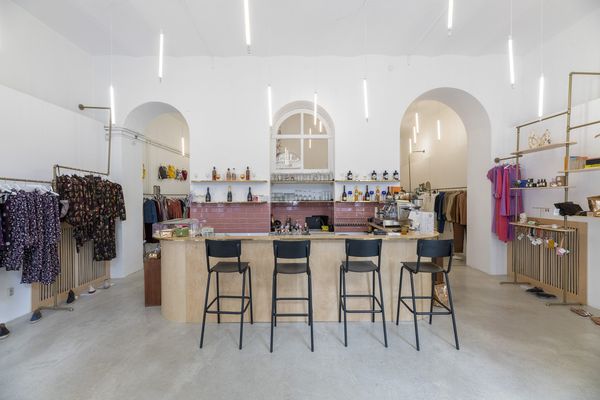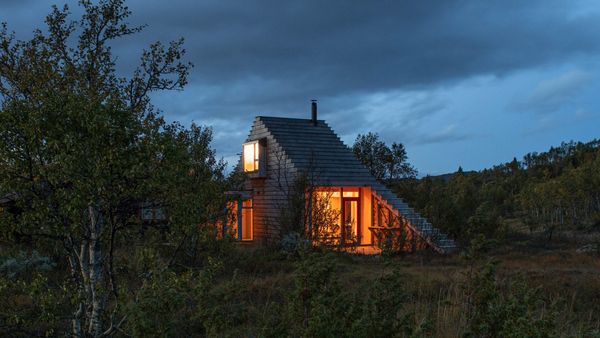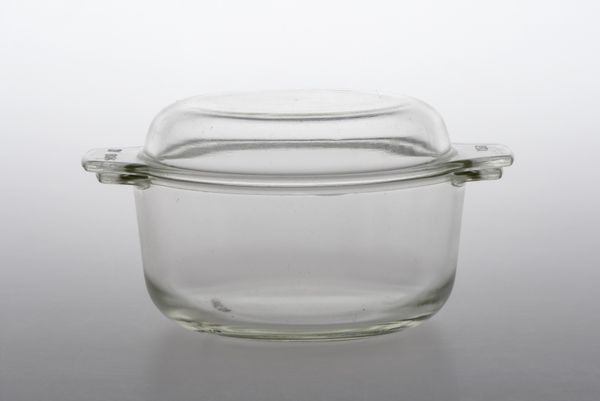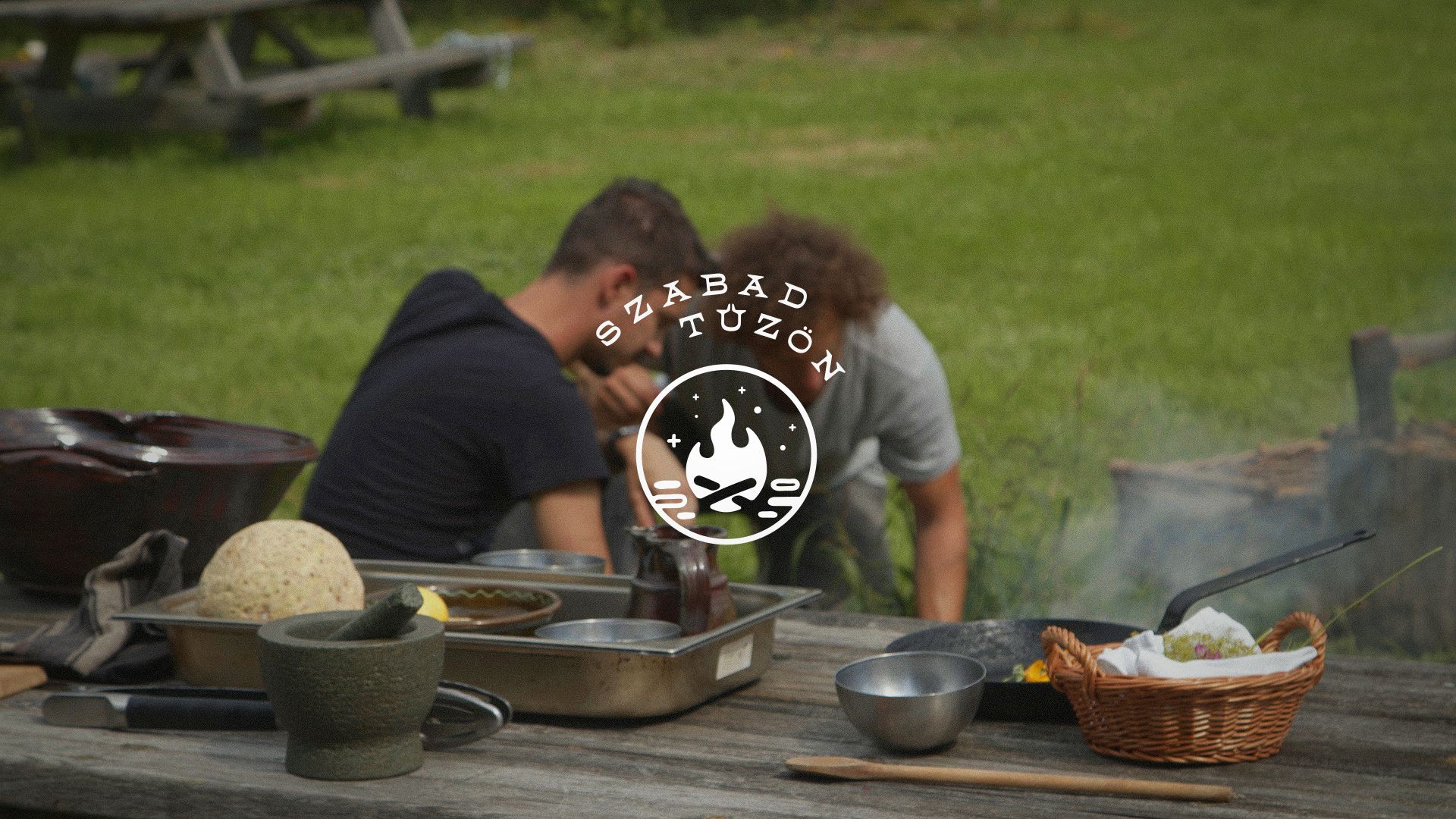Since the discovery of fire eight hundred thousand years ago, it has become an essential element serving as the basis of culinary arts, without which the concept or confit or sous vide could not exist, either, amongst others. In the closing episode, Ricsi Farkas, the head chef of Pajta bisztró in Őriszentpéter shared the method of baking fish wrapped in clay with Dávid Liptay, with buckwheat mush made on open fire as well as flowers and plants collected from the garden served as garnish.
Pottery has long traditions in the Őrség region, thus we can find many traditional pots and dishes at the potters of the region. It’s probably fair to say that the basis of using today’s ceramics for baking must have been a similarly ancient method, in a less sophisticated form, as demonstrated in the video. According to Ricsi, the end result was one of the best and most juicy fish he had in his life. Recipe!
Brass baked in clay, with buckwheat mush cooked in an iron pot, on open fire with pine and burnt root vegetables
Ingredients:
- 2 fresh pieces of brass
- approx. 1.5 kilogram fresh clay
- salt
- lemon
Ingredients for the garnish
- 3-4 handfuls of buckwheat
- 1.5 liter stock
- 1 dl dry white wine
- 1 handful of pine nuts
- pickled pine buds, flower and cone
- 1 celery
- 3 beetroots
We use fresh Hungarian brass, which I eviscerated. It can go inside the clay without any prepping, we will only season it with salt and lemon at the end. The essence of the technology is the fire and the ember itself, as well as the clay used for wrapping. It is important to use fresh, moist clay so that the fish can be wrapped evenly. This is important to avoid the burning of the fish, and also because the clay keeps the moisture in. The fish is being baked, scorched, smoked and also receives a terroir flavor through the clay at the same time, while we also steam it. We throw the carefully and evenly wrapped fish into the fire. Following the same principle, we also throw celery and beetroot on the fire, however, here the role of the clay is filled by the coaly, burnt skin of the vegetables. In the meantime, we warm up the pan and lightly roast the buckwheat and the pine nut. We add the wine, and cook it with the stock until it reaches the consistency of mush. We season it with salt and pepper. At the end, we add the pickled pine parts preserved in the spring and mix well. After approx. 30-35 minutes, if the clay is hardened and gives a tapping sound when dabbed, we took the fish out of the fire and leave it to rest for 10 minutes. Finally we break the clay, possibly by opening the fish. We season it with salt and lemon.

Slow fashion, slow food | The Garden Studio & Café reborn

A cabin designed for nature | Gartnerfuglen Arkitekter










